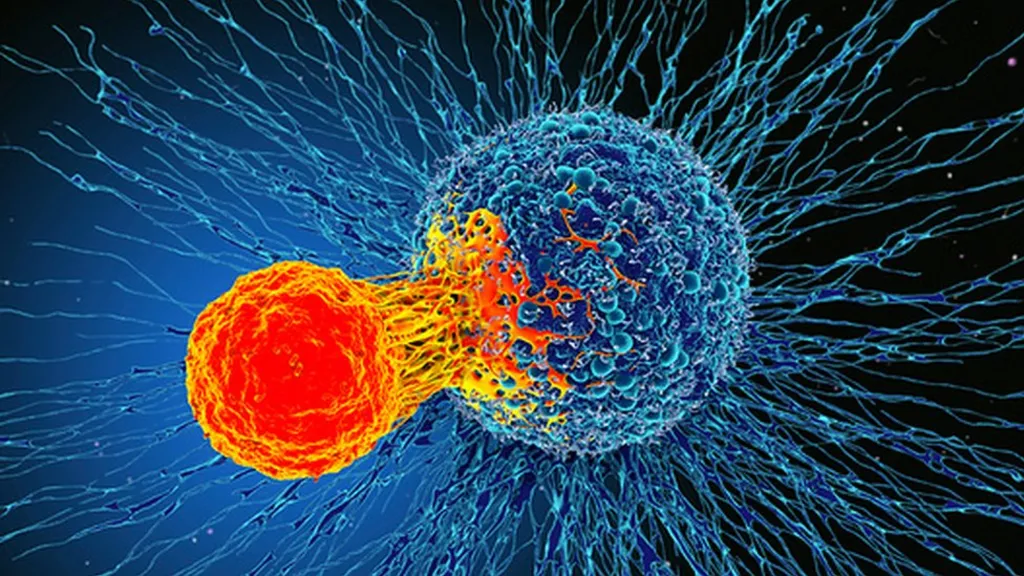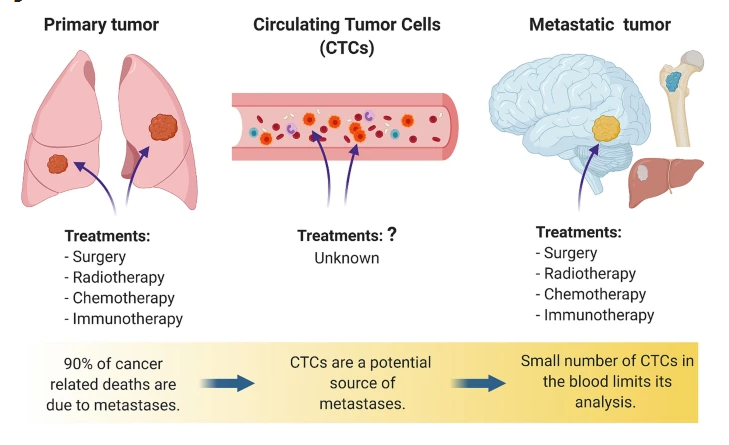Why is cancer so common nowadays
Category : Liver Cancer | Sub Category : Liver Cancer Posted on 2025-06-30 21:01:46

I’m inviting you to walk this journey with me. Your support means everything. This is more than just reading research papers or speaking with experts—this is about confronting a global burden that affects our loved ones, our friends, our partners… even our pets.
The truth is, the answer to cancer may keep evolving. So stay with me—because with the right intentions, shared wisdom, and honest curiosity, we might just uncover the path to ending this unnecessary suffering.
I’ll try to keep this as straightforward as possible, even though I know some of what I’ll say may be controversial. But here goes:
What Science Tells Us (and What It Doesn’t)
Scientific research and peer-reviewed journals have given us immense insight into how cancer progresses. What we still don’t fully understand is how cancer starts—what truly initiates it inside the body.
The best models we currently have involve induced pluripotent stem cells. These mimic cancer stem cells and are studied by being placed into genetically engineered mice or cultured with cancer cells to simulate tumor behavior. But let’s be clear: these are models—not real-life initiation events.
A Critical Truth: Carcinogens Don’t "Create" Cancer
Contrary to popular belief, carcinogens haven’t been proven to directly form cancer. What they do is cause mutations. These mutations may push cells toward uncontrolled growth, but researchers agree—mutations alone are not enough. This is based on experiments like transplantation assays and murine (mouse) models.
So, the big question remains:
Why does cancer happen at all?
Cancer Stem Cells: The Real Source?
Emerging research now suggests cancer originates from Cancer Stem Cells (CSCs). This model replaces older theories like the Somatic Mutation Theory, which couldn’t explain tumor complexity (heterogeneity). CSCs may arise from:
Normal stem cells
Embryonic stem cells
Or even mature cells that regress back into a stem-like state.
The Microenvironment & Hypoxia
Cells need three basic things: oxygen, clean blood supply, and nutrient delivery—plus the removal of waste. When these are restricted (due to inflammation, poor circulation, etc.), a hypoxic (low oxygen) environment develops. This same hypoxic state is common in normal stem cells and cancer stem cells alike.
Early research by Kasper Blond and others have pointed to hyperaemia (restricted blood flow) as a key factor in this shift. Chronic inflammation may also play a role in converting normal stem cells into CSCs.
Is the Tumor Protecting Us?
Some researchers have even proposed that tumors may form as a protective response—a kind of internal wound healing. They’ve observed that immune cells often infiltrate tumors, possibly trying to defend or repair the area. Could cancer be the body’s misguided attempt at protection?
Stress, Emotions & Somatic Reactivity
Now let’s zoom out from cells to the whole person.
We are not just physical beings—we are emotional, mental, and spiritual too. Chronic stress in any of these areas damages our body’s homeostatic balance. The Autonomic Nervous System—which controls unconscious functions like heart rate, digestion, and immune responses—can be thrown off completely by unresolved emotional stress.
This is what I call Somatic Reactivity: when a stressor causes physiological change. If this reactivity continues, it can lead to conditions like anxiety, depression, inflammation, and yes—possibly even cancer.
So Why Do Some Stressed People Never Get Cancer?
That’s the mystery. There are lifelong smokers who never get cancer, and healthy eaters who do. Some live with immense stress for decades and die peacefully in old age. Why?
Maybe it’s not about one single factor, but how multiple chronic stressors collide with individual vulnerabilities, especially in areas like:
Liver function (our main metabolic and detox organ)
Immune system health
Cellular communication
Cancer may not be a "mistake"—it may be an adaptive mechanism. Some researchers now describe tumors as "novel organs"—with their own blood, lymph, and nerve supply, interacting with the body in complex ways.
Final Thoughts
We can’t ignore the role of our mental and emotional states in chronic illness. How we react—not just what we experience—can shape our health over time. Emotions like fear, anger, grief, and stress create real, measurable changes in our organs and tissues.
In short:
Our reactions produce emotions.
Emotions trigger physical responses—somatic reactivity.
Chronic reactivity disrupts homeostasis and organ function.
If unresolved, the body may try to defend or adapt—possibly even by forming tumors.
This is just the beginning of what I’ll be exploring on this blog.
Leave a Comment:
SEARCH
Categories
Recent News
- New Discovery Links Mitochondrial DNA to Immunotherapy Success in Cancer Treatment
- John’s Journey: Healing Through Lifestyle and Natural Remedies
- The truth about finding a cure for cancer
- Federal Government Commissions Three Oncology Centres to Strengthen Cancer Care in Nigeria
- Nigeria Advances National Cancer Control Efforts
- Nigeria’s Biggest Cancer Awareness Walk by Mukhtasar M. Alkali
- Binaytara Announces Partnership with Federal Medical Center (FMC), Ebute Metta, Lagos to Advance Cancer Care in Nigeria
- If the cancer returns after a chemotherapy treatment, is there a point in having more chemotherapy?
READ MORE
3 weeks ago Category : Colorectal Cancer

New Discovery Links Mitochondrial DNA to Immunotherapy Success in Cancer Treatment
Read More →3 weeks ago Category : Tell us your Story

John’s Journey: Healing Through Lifestyle and Natural Remedies
Read More →3 weeks ago Category : Tell us your Story

The truth about finding a cure for cancer
Read More →1 month ago Category : Tell us your Story
